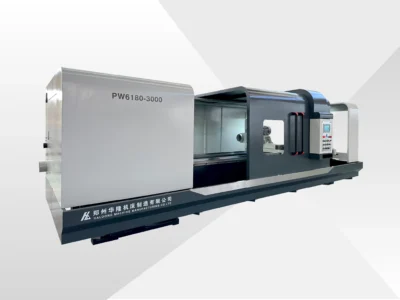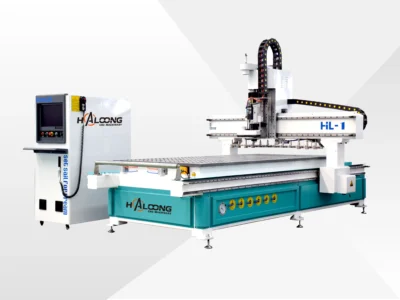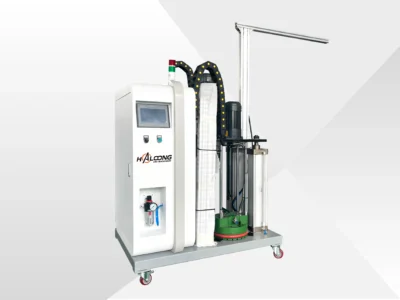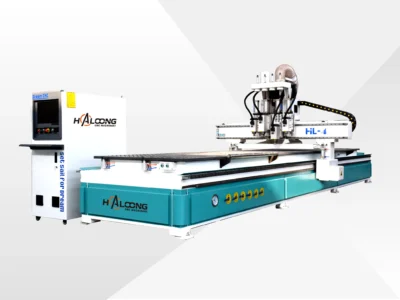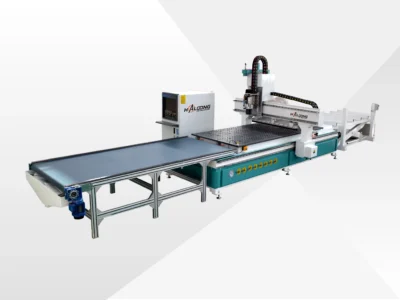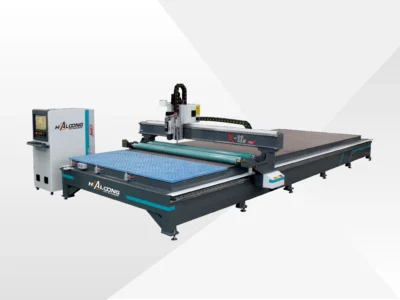
How to Choose the Right CNC Router for Your Woodworking Business in Southeast Asia, Central Asia, and Africa

A CNC router, also known as a CNC cutting machine or CNC nesting machine, can revolutionize your production, but choosing the right one is crucial. This guide will help you navigate the selection process.
1. Understand Your Needs:
- Materials: What materials will you be cutting? Common options include plywood, MDF, solid wood, and even plastics. Consider a heavy-duty CNC router for tougher materials.
- Production Volume: Are you a small workshop or a large-scale manufacturer? A small CNC router might suffice for smaller operations, while larger businesses need industrial CNC routers for high-volume production.
- Budget: Affordable CNC routers are essential for many businesses in these regions. However, prioritize quality and reliability to avoid costly downtime.
2. Key Features to Consider:
- Spindle Power: A more powerful spindle allows for faster cutting and deeper cuts. Look for a high-power CNC router if you work with thick materials.
- Table Size: Ensure the table size accommodates your typical workpiece dimensions.
- Automatic Tool Changer (ATC): An ATC saves time and increases efficiency by automatically switching tools during the cutting process. This is especially beneficial for complex designs.
- Control System: A user-friendly control system simplifies operation and reduces the learning curve. Consider a system with local language support.
- Dust Collection: Effective dust collection is essential for a clean and safe working environment.
3. Factors Specific to Southeast Asia, Central Asia, and Africa:
- Power Supply: Ensure the CNC router is compatible with your local power supply.
- Climate Conditions: Consider the machine’s durability in hot and humid or dusty environments.
- Local Market Needs: Research the specific product demands in your region. For example, furniture manufacturing is booming in many African countries, creating a high demand for furniture CNC routers.
- Ease of Use and Maintenance: Machines that are easy to operate and maintain are highly valued, especially in areas where skilled technicians may be limited.
4. Finding the Right Supplier:
- Reputation: Choose a reputable supplier with a proven track record of quality and service.
- Customer Reviews: Read online reviews and testimonials from other customers in your region.
- Visit the Factory: If possible, visit the supplier’s factory to inspect the machines and assess their capabilities.
- Ask for a Demonstration: Request a demonstration of the CNC router to see it in action.
Related Products
HALOONG CNC Cylindrical Shaft Polishing Machine
Dual Station Table Linear ATC CNC Wood Router: Automatic Tool Changer Wood CNC for Furniture Making
Why the HALOONG 12-Tool ATC CNC Wood Router Stands Out
The HALOONG 12-Tool ATC CNC Wood Router is a high-performance wood CNC machine built for exceptional efficiency and flexibility. Its automatic tool changer (ATC) switches between 12 tools in under 5 seconds, drastically reducing downtime and boosting output. Whether you’re cutting MDF, carving solid wood, or crafting intricate designs, this CNC wood router handles it all with ease. For even greater productivity, consider our optional dual-table configuration, which allows for near-continuous operation and significantly increases throughput for demanding production schedules.
Key Features of This CNC Wood Router
Here’s what makes this wood CNC a must-have:
Ultra-Fast Tool Switching
- 12-tool linear magazine: Holds a variety of tools, ready for instant use.
- Tool changes in under 5 seconds: The gantry-integrated design cuts travel time, keeping your production moving.
Versatile Material Processing
- Works with MDF, solid wood, OSB, PVC, acrylic, aluminum, and composite panels.
- Supports standard furniture joints (e.g., dowels and cams) and modern invisible connectors (e.g., Lamello, Peanut, Lockdowel).
- Perfect for cabinets, wardrobes, doors, and artistic carvings.
Customizable Worktable Options
- Options like 4'x8' (1220x2440 mm), 4'x9' (1220x2800 mm), or custom sizes available for single-table models.
- Maximize your output with our optional dual-table configuration, allowing for continuous loading and unloading on separate work zones.
- Upgraded vacuum table locks materials securely for flawless results on both single and dual-table setups.
Effortless Operation
- User-friendly controls with a clear display, network, and USB connectivity.
- Simplified design means even beginners can master it quickly. The dual-table operation is also intuitively managed through the advanced control system.
Built to Last with Precision
- Heavy-duty steel frame and high-precision gearbox for durability.
- Servo-driven system ensures smooth, accurate cuts every time. The robust construction ensures stability even during continuous operation on the dual-table model.
Cleaner, Safer Workspace
- Integrated dust collection and air-blow system keeps debris in check.
- Ideal for continuous, high-output runs without mess, making it perfect for the increased production demands of the dual-table system.
Top-Notch Support
- Free technical support, lifetime service, and remote assistance included.
PUR Glue Machine Kit For Edge Bander
Four-Spindle Dual-Station CNC Wood Router for Panel Furniture Manufactured
Maximize your panel furniture manufacturing throughput with the HALOONG Four-Spindle Dual-Station CNC Router. Expanding on the reliability of our single-station four-spindle CNC wood cutting machines, this dual-station system provides a substantial increase in production efficiency. It's designed for continuous operation, minimizing downtime and maximizing output through its smart workflow.
The clever dual-station workbench facilitates seamless alternating work cycles. While one station is engaged in machining, the operator can efficiently prepare the next batch of materials on the adjacent station. Upon completion of the first cycle, the machine instantly transitions to the pre-loaded second station. This continuous processing approach ensures no wasted time, making it a key asset for high-volume furniture production.



